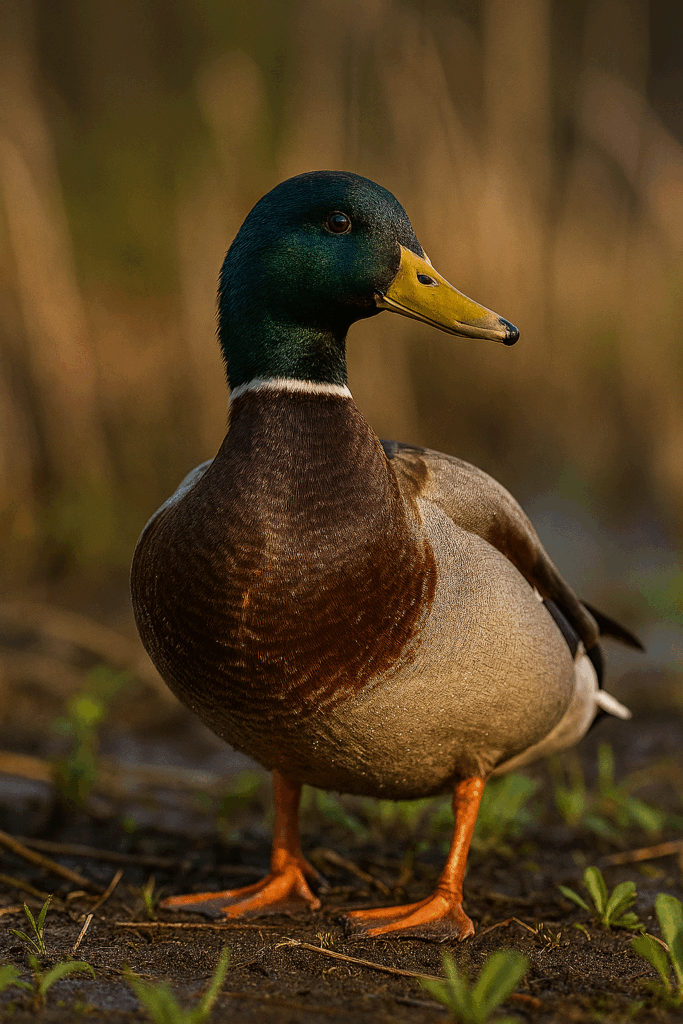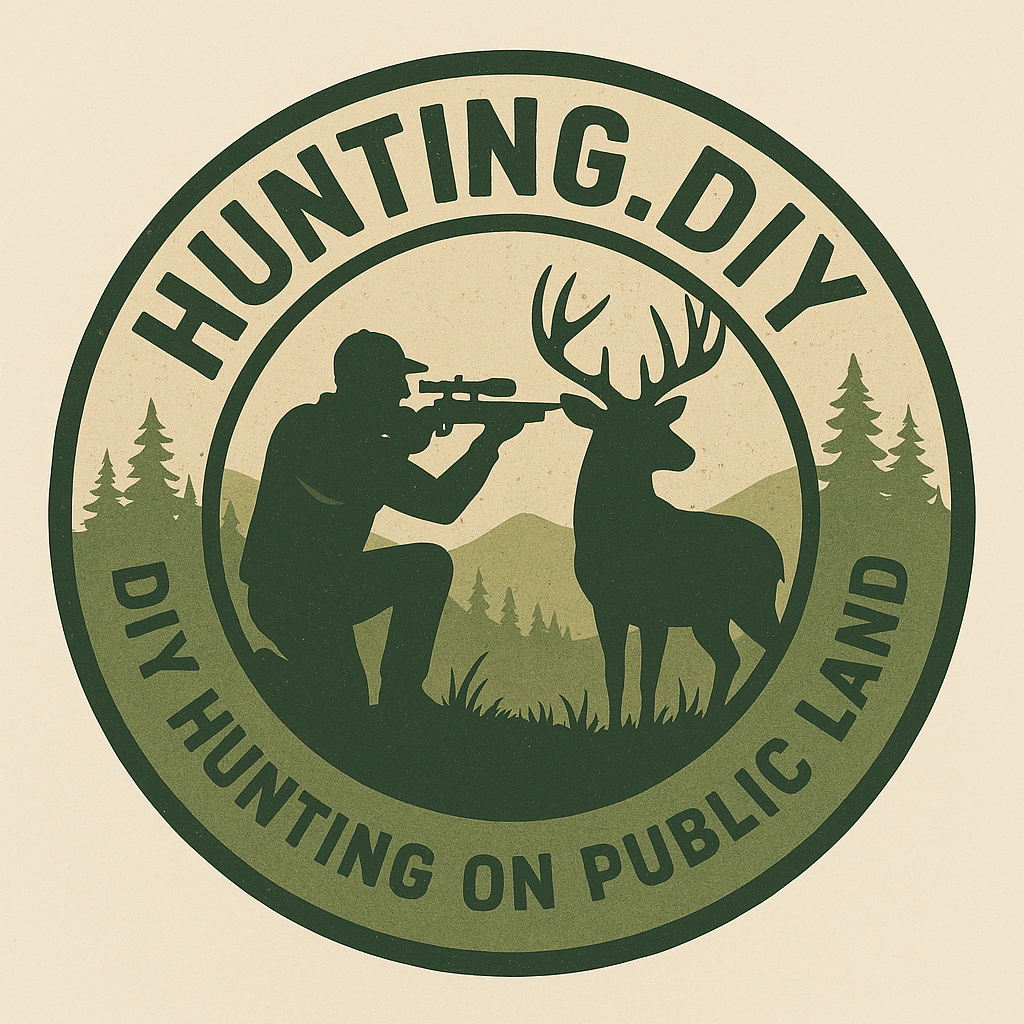DIY Duck Hunting Guide & Tips (2025)
Duck hunting guide enthusiasts know waterfowl hunting offers memorable mornings on public lands—this duck hunting guide covers tactics, gear, and tips for DIY success.

Species Classification
Ducks belong to the family Anatidae, along with geese and swans. Within that family, dabbling ducks (like mallards and teal) tip their bills in shallow water to feed, while diving ducks (like canvasbacks and pochards) plunge below the surface. Understanding which category you’re after helps you pick the right tactics—dabblers stick to shallow marshes, divers hang in deeper lakes and rivers.
Physical Description
Dabbling ducks are stocky with broad, flat bills and short legs set back on their bodies, letting them tip forward in water like a teeter-totter. They often sport flashy wing patches called speculums—bright green on mallards, iridescent purple on teal. Diving ducks are chunkier with sturdy necks and legs farther back, making stealthy splashes when they resurface. Males usually flash bright breeding plumage in fall: emerald heads, white collars, bold chest bands. Females stay mottled brown for camouflage.
Distribution and Habitat
Ducks thrive across North America—from coastal marshes and prairie potholes to beaver ponds and flooded timber. During migrations, you’ll find them funneling through river valleys and lowland reservoirs. Winter brings many species south to warm-water refuges: tidal creeks, rice fields, and irrigation canals. Scouting public Wildlife Management Areas (WMAs) and waterfowl production areas is key—these spots get stamped with priority for ducks.
Season Dates and Regulations
Each state sets its own season dates, bag limits, and shooting hours. Most northern states open early October and close by late December; southern states may run later into January or February. Federal frameworks set split seasons, early teal seasons, and youth-only weekends—learn these splits at your state wildlife agency’s website. Violating closed seasons or limits risks hefty fines and ruined reputation.
Best Hunting States / Regions
The Prairie Pothole Region—from eastern Montana through the Dakotas into Minnesota—is the continent’s duck factory. Sacramento and San Joaquin Valleys in California host vast winter flocks. The Mississippi Flyway delivers millions through Arkansas, Mississippi, Louisiana, and Texas rice fields. Hit these hotspots during peak migration windows and you’ll see flocks stacked from horizon to horizon.
Hunting Equipment: Gun and Ammo
A 12-gauge pump or semi-auto is the universal choice. Load with #2 to BB shot for big ducks and #4 to #6 for teal and woodies. Carry at least 3**⁄₄-ounce loads and pack extra hulls-ducks clap wings fast, and once they’re gone, you’re stuck watching. Water-resistant shotguns help when you hunt in icy water, and a sturdy sling lets you swim and tramp through mud without losing your gun.
Hunting Methods and Techniques
Layout boats keep you mobile, but hunting flooded timber on foot or from portable blinds can outsmart wary ducks. Set full-body decoys in realistic patterns, and use motion decoys (flappers or jig heads) when pressure’s high. Call sparingly-start with soft quacks and feeding yelps, then go cold if birds wheel out of range. Glass water edges and open leads; read wind direction to set up so birds fly over decoys.
Licenses and Tags
You need a state waterfowl stamp and a valid federal Duck Stamp if hunting migratory ducks. States may offer combo hunting licenses covering multiple species; youth hunters often get discounted or free permits. Carry proof of purchase in the field-game wardens patrol public lands and waterfowl areas religiously.
Diet and Feeding
Dabblers eat aquatic vegetation, seeds, and invertebrates-pondweeds, smartweed, snails, and insect larvae. Diving ducks focus on mollusks, small fish, and submerged plants like wild celery. Hitting grain fields at dawn and dusk can funnel ducks into tiny ponds nearby; learn local crop cycles for the best draws.
Reproduction and Life Cycle
Pair bonds form in winter and break after nesting begins. Most species nest in spring in marshes, grasslands, or upland cover near water. Females lay 8–14 eggs and incubate solo for about 26 days. Ducklings are precocial—ready to follow mom to water within hours. Understand brood-rearing areas when scouting known staging grounds.
Population Status
Many duck species have rebounded thanks to habitat conservation, notably the North American Waterfowl Management Plan. Mallards and pintails remain abundant, while scaup and canvasbacks face periodic declines. Check annual breeding population reports for precise numbers and state-specific management zone statuses.
Meat Quality and Processing
Duck meat is dark, rich, and gamey-best when brined to reduce toughness and mellow flavor. Use simple brine (water, salt, sugar, aromatics) for 6–12 hours, then roast or grill to medium-rare. Remove meat from bones and freeze in two-portion packages. Render fat from skins for superior cooking oil or soap making.
Safety Considerations
Cold, wet conditions can kill-wear layered, water-resistant clothing and carry a dry change of socks. Watch for thin ice; never overload blind platforms with decoys and gear. Mark boats clearly and use buoyant blinds. Always let someone know your hunting location and expected return.
Tracks and Sign
Dabblers leave flat, webbed footprints along muddy edges; divers’ tracks often disappear in open water. Look for feeding pits—small circular depressions in mud or shallow water where dabblers dabble. Feather piles and droppings near resting areas indicate heavy usage.
Similar Species – Preventing Misidentification
Mallards vs. black ducks: females look nearly identical; check head shape (black ducks have steeper forehead) and bill color (black ducks have grayish bills). Teal vs. wigeon: teal are smaller with narrower bills. Canvasbacks have sloping foreheads and red eyes—redheads sport rounder heads and yellow eyes. Know the field marks or you’ll end up with the wrong name on your taxidermy mount.
Dominate duck season: scout hard, carry the right gear, and learn every trick. No guide, no problem.
